Keeping Your Pets Safe and Your Home Green: A Real-World Guide to Houseplants
You know, in all my time helping people create beautiful indoor gardens, there’s one question that always comes up first. Before we even get to light, style, or how to keep the thing alive, they’ll lean in and whisper, “So… is this safe for my cat?” or “What happens if my puppy chews on it?”
In this article
And honestly, it’s the most important question you can ask. The internet is flooded with quick-fix lists, but they often miss the crucial details. A plant being “pet-friendly” doesn’t mean it’s a good idea for your golden retriever to eat it for lunch. My goal here is to give you the practical knowledge I use with my own clients—and in my own home—so you can build a stunning green space where your furry friends can roam without you having a panic attack.
We’ll dig into what makes a plant toxic (it’s not random, it’s chemistry!), cover some pro strategies for pet-proofing your setup, and then talk about some truly reliable, gorgeous, and non-toxic plants. Let’s get this right.
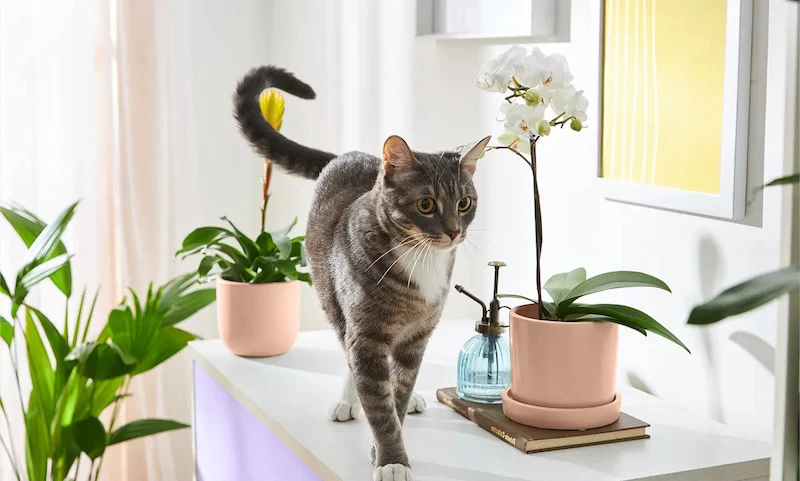
First, What Does ‘Toxic’ Even Mean?
Before we dive into the fun stuff, let’s get on the same page about why some plants are a problem. It’s all about a plant’s natural defense system. These plants create chemicals to stop insects and animals from eating them, and unfortunately, our pets are not immune.
A very common issue comes from something called insoluble calcium oxalate crystals. Just imagine microscopic, needle-sharp shards packed inside the plant’s leaves and stems. When a curious pet takes a bite of a plant like a Dieffenbachia (Dumb Cane) or a Philodendron, these crystals shoot into the soft tissue of their mouth and throat. Ouch. This causes instant pain, swelling, and drooling. While it’s rarely deadly, it’s a very bad day for your pet.
Other plants use different weapons:
- Saponins: Think of these as nature’s soap. They cause nasty gastrointestinal upset, like vomiting and diarrhea. You’ll find these in plants like Holly and English Ivy.
- Cardiac Glycosides: These are the really scary ones. They can mess with the heart’s rhythm and are genuinely dangerous. This is the stuff in outdoor plants like Oleander, but some houseplants, like Kalanchoe, have them too.
- Alkaloids: A big, broad category of compounds that can affect the nervous system. The toxin in daffodil bulbs is a classic example, causing severe stomach issues.
Good to know: a plant’s toxicity can be concentrated in certain parts. Sometimes it’s just the leaves, other times it’s the bulb or berries. That’s why a simple “toxic” label can be a bit misleading without the full story. For the most trusted information, the ASPCA’s Poisonous Plant List is the gold standard used by vets. And remember, “non-toxic” means it’s unlikely to cause serious harm, not that it’s a salad ingredient. Eating a whole pot of any plant can still give your dog or cat a tummy ache.
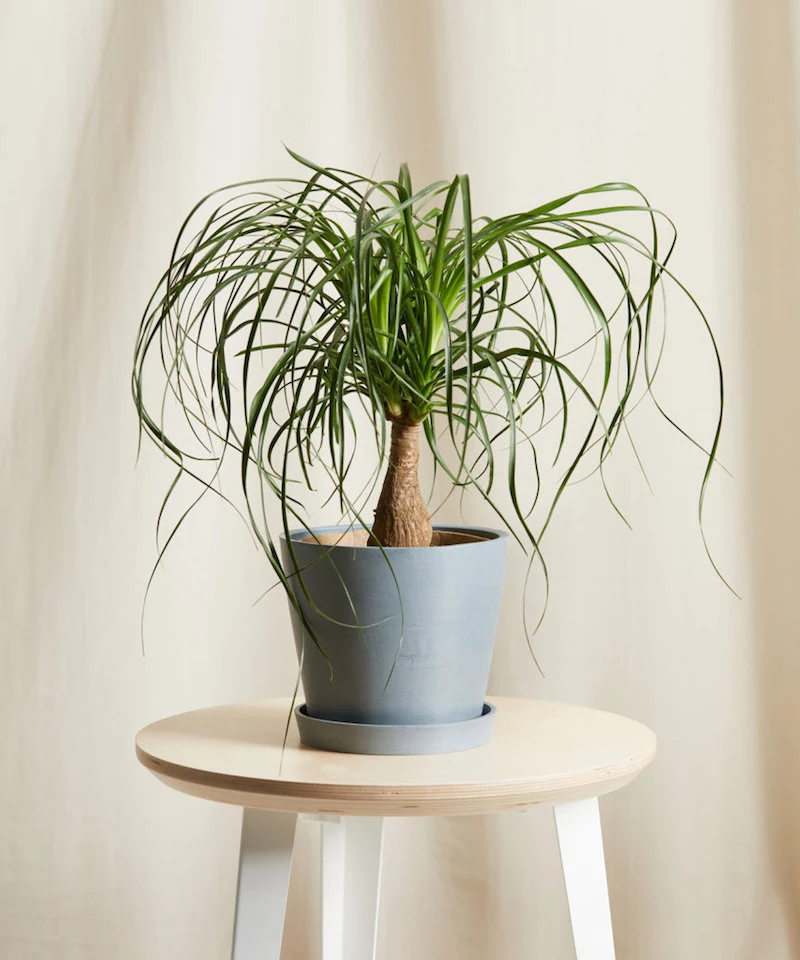
The Houseplant ‘Most Wanted’ List: Plants to AVOID
Before we get to the good guys, let’s talk about the big offenders. If you have pets, especially cats, please just walk right past these at the nursery. It’s not worth the risk.
- All True Lilies (Lilium) and Daylilies (Hemerocallis): For cats, these are EXTREMELY toxic. Every part of the plant—leaf, stem, flower, pollen, even the water in the vase—can cause rapid and irreversible kidney failure. This is not an exaggeration. If you have cats, you cannot have these lilies in your home. Period.
- Sago Palm (Cycas revoluta): This plant looks like a mini palm tree, but it’s incredibly dangerous. All parts are poisonous, but the seeds are the most toxic, containing a powerful toxin that can cause liver failure and is often fatal to dogs.
- Oleander (Nerium oleander): While more common outdoors, it’s sometimes sold as a flowering houseplant. It contains cardiac glycosides and is toxic to most animals (and people). Avoid it completely.
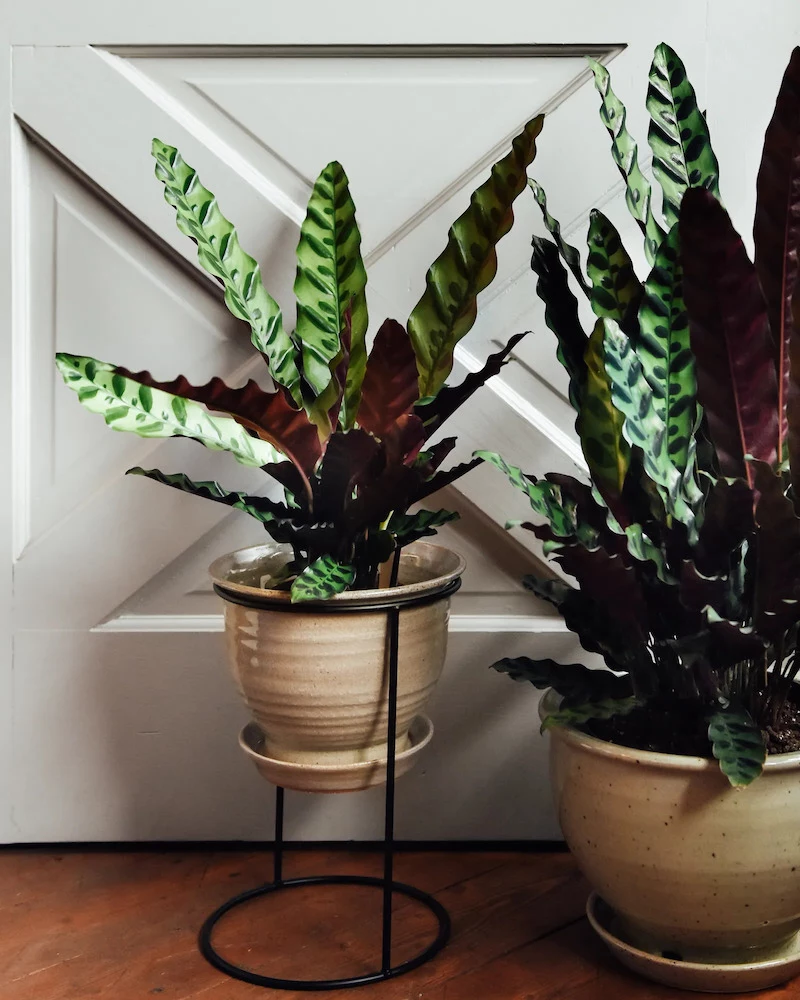
What to Do if the Worst Happens: An Emergency Plan
Okay, deep breath. Even with the best intentions, accidents can happen. If you suspect your pet has eaten a toxic plant, do this immediately.
1. Separate the Pet from the Plant. Get your pet into a safe space and remove any remaining plant material from their mouth if you can do so safely.
2. Identify the Plant. If you’re not sure what it is, take a quick photo of it.
3. CALL FOR HELP. Do not wait for symptoms to appear. Immediately call your veterinarian or the ASPCA Animal Poison Control Center at (888) 426-4435. (Heads up, there may be a consultation fee for the hotline, but it is worth every single penny.) Have the plant name ready if you know it.
4. Follow Their Instructions. Do NOT try to make your pet vomit unless a veterinary professional explicitly tells you to. Some toxins can cause more damage coming back up.
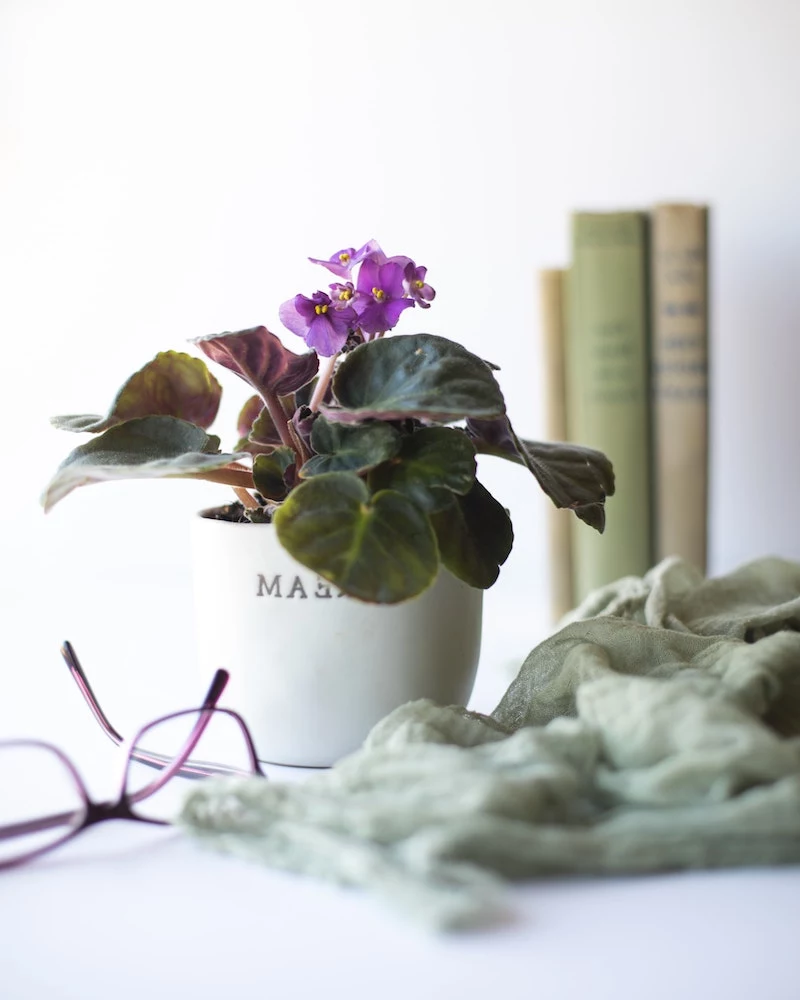
Creating a Safe Space: It’s All About Strategy
Choosing safe plants is step one. Step two is setting up your space smartly. This is how we design pet-friendly installations in professional settings, and you can do it too.
Placement is your best friend. The easiest way to avoid a problem is to put the plant where your pet can’t get it. Sounds simple, but it requires some strategy.
- Go High with Hanging Baskets. A total classic for a reason. They keep plants completely out of reach. Just make sure you use a sturdy hook that’s properly anchored in the ceiling. Spider Plants and many non-toxic ferns look amazing this way.
- Use Sturdy Shelving. Wall-mounted shelves are your secret weapon for trailing plants. But be realistic about your pet’s athletic abilities! I’ve seen cats make some truly impressive jumps. As a rule of thumb, aim for shelves at least 6 feet high and place them away from other furniture that could be used as a launchpad.
- Top-Dress the Soil. Sometimes the plant isn’t the temptation—it’s the dirt. To stop a digging dog, cover the top of the soil with large, smooth river stones. You can get a bag at any craft or garden store for about $5-$10. They look great and are too big for a pet to swallow.
By the way, what about those deterrent sprays? You can buy bittering sprays, but frankly, some pets couldn’t care less. A homemade spray of one cup of water with 1/4 teaspoon of cayenne pepper can work, but you have to reapply it often. Honestly, smart placement is a much more reliable solution.
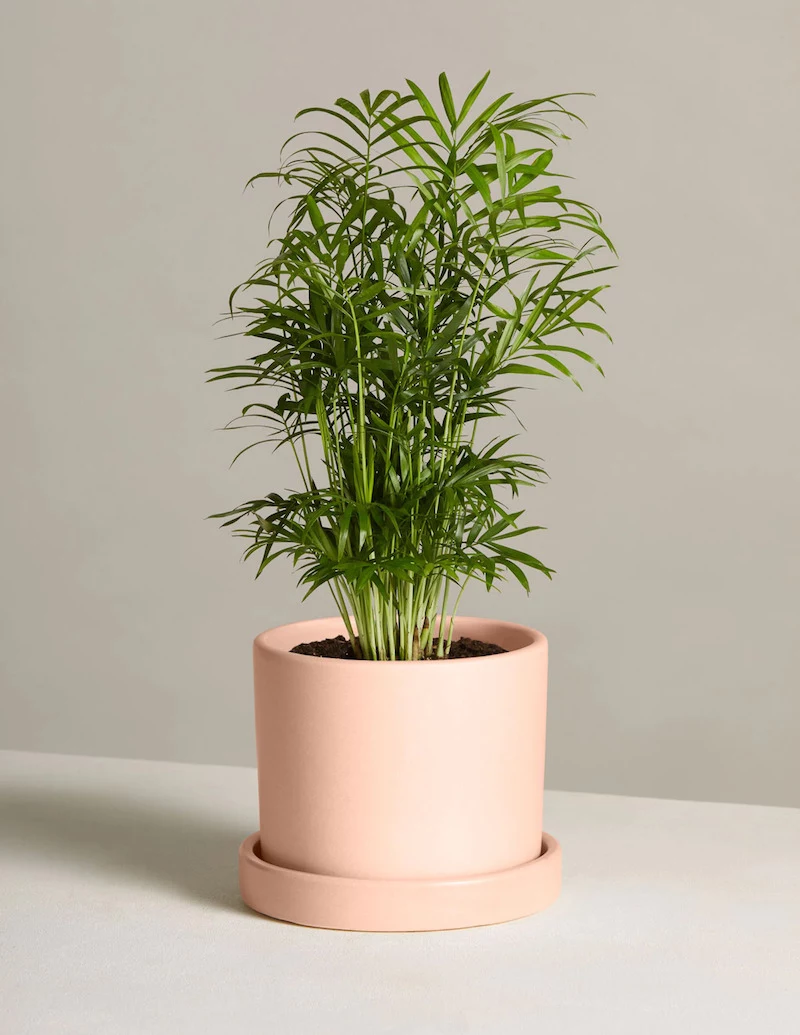
A Pro’s Go-To List of Pet-Safe Houseplants
Here are some of the plants I recommend over and over again. They’re reliable, beautiful, and won’t send you rushing to the vet.
1. Parlor Palm (Chamaedorea elegans)
This plant has been a household favorite for generations for a reason: it’s elegant, forgiving, and brings a lush, tropical vibe. It’s the little black dress of houseplants.
- Why It’s Safe: It has no known toxins, making it perfectly safe for cats and dogs. Your cat might enjoy batting at the fronds, but it’s harmless fun.
- Care Pro-Tips: It’s often sold as a low-light plant, but it really thrives in medium to bright, indirect light (like near an east-facing window). Let the top inch or two of soil dry out completely before you water it thoroughly. Overwatering is the #1 killer of these palms.
- What You’ll Need: The plant itself (expect to pay $15-$40 for a decent one), a standard potting mix ($8-$12 a bag), and a pot with good drainage.
- The Verdict: A fantastic, low-drama choice for adding height and elegance to a room.
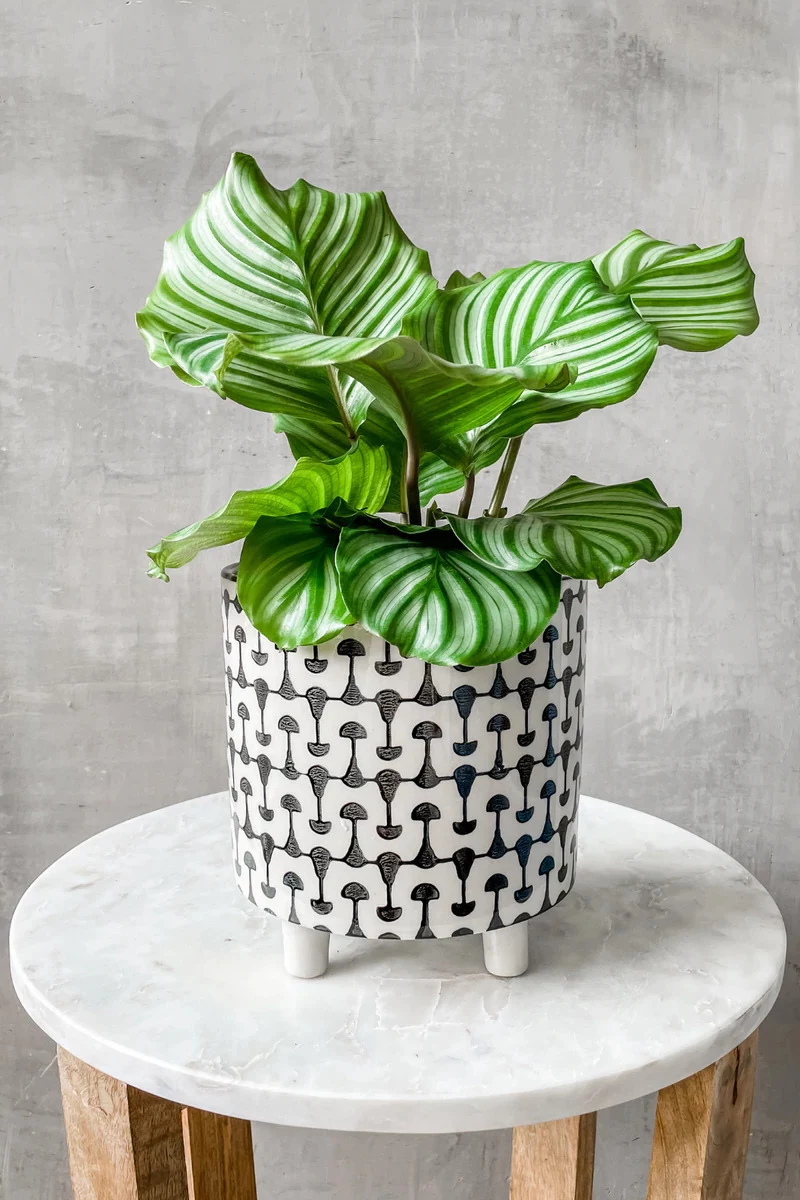
2. Ponytail Palm (Beaucarnea recurvata)
Don’t let the name fool you; this isn’t a palm at all. It’s a succulent with a super cool, swollen trunk that stores water and a fun spray of leaves that look like a fountain.
- Why It’s Safe: Totally non-toxic. The dangly leaves can be a cat magnet, though, so expect some shredded tips if you have a playful feline. The plant won’t mind, and the cat will be fine.
- Care Pro-Tips: This one needs bright light, so a spot near a south or west-facing window is perfect. It’s incredibly drought-tolerant, so you’re more likely to kill it with love (too much water) than neglect. Let the soil get almost completely dry between waterings.
- What You’ll Need: The plant ($20-$60 depending on size), a fast-draining cactus/succulent mix ($10), and a terracotta pot is a great choice here.
- The Verdict: The perfect statement plant for a sunny spot and for people who sometimes forget to water.
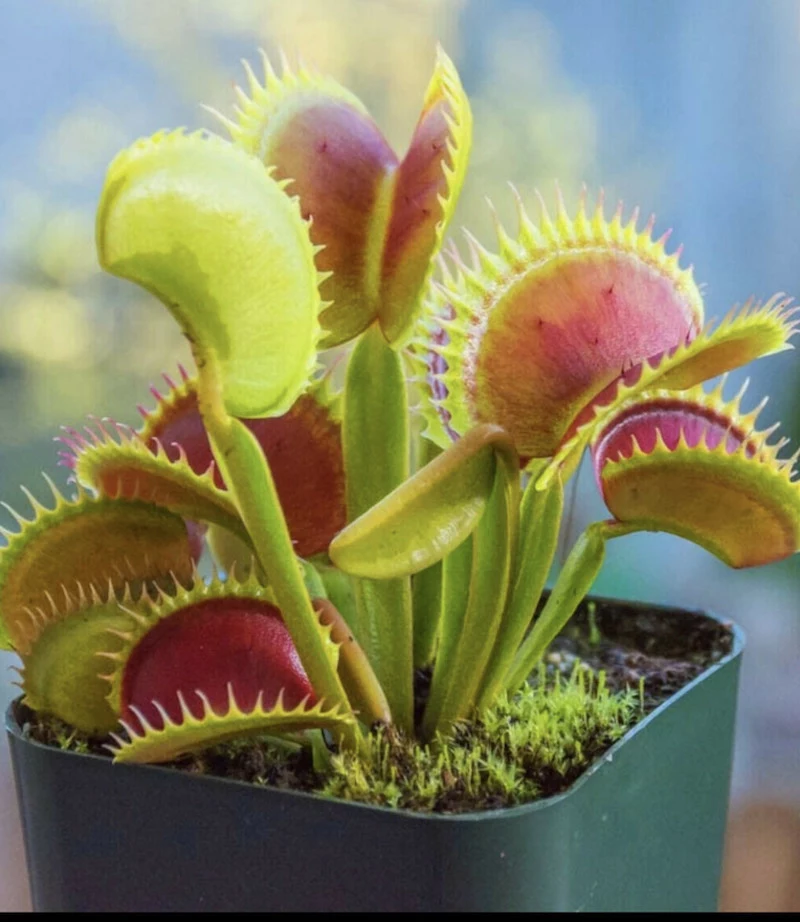
3. Rattlesnake Plant (Goeppertia insignis)
This beauty is part of the Calathea family, famous for their patterned foliage. It has wavy green leaves with dark markings and stunning purple undersides. It even moves its leaves up at night, like it’s praying!
- Why It’s Safe: All true Calatheas are non-toxic, making them a fantastic way to add bold color and pattern safely.
- Care Pro-Tips: These have a reputation for being divas, but they just have two main demands: no direct sun and high humidity. And here’s the real secret: they hate tap water. Use distilled, filtered, or rainwater to avoid those dreaded crispy brown edges. Seriously, this one tip changes the game.
- What You’ll Need: Plant ($20-$50), high-quality potting mix ($10), and either a humidifier ($30+) or a pebble tray ($5) to boost humidity. And that gallon of distilled water ($1).
- The Verdict: A bit more demanding, but the visual payoff is huge. Perfect for the plant parent who enjoys a little bit of a challenge.
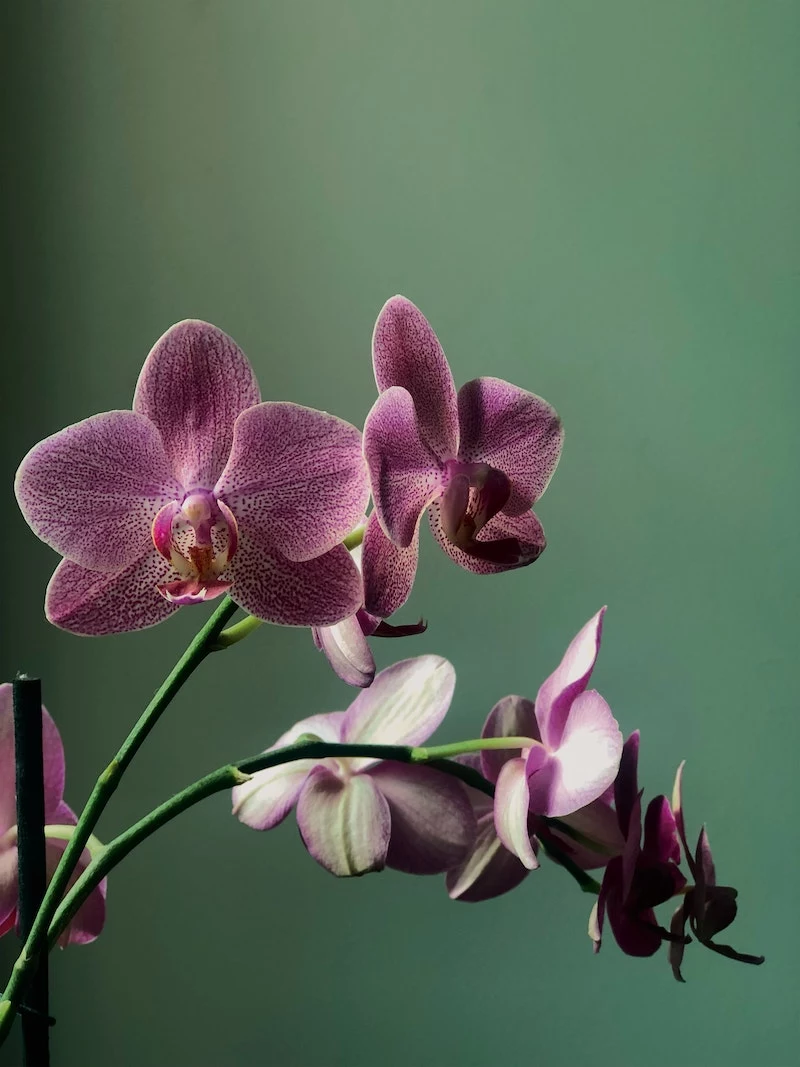
4. African Violet (Saintpaulia ionantha)
Want some flowers? The African Violet is your go-to. These little gems produce clusters of vibrant purple, pink, or white flowers and have charming, fuzzy leaves.
- Why It’s Safe: A classic for a reason—they are completely harmless to pets. A nibble on a flower or leaf will cause no issues.
- Care Pro-Tips: The golden rule: NEVER water them from the top. Getting the fuzzy leaves wet causes ugly spots and rot. Instead, water from the bottom by placing the pot in a saucer of water for 20-30 minutes and letting it soak up what it needs. They bloom best in bright, indirect light.
- What You’ll Need: The plant ($5-$15), a special African Violet potting mix ($8), and a self-watering pot can make life even easier.
- The Verdict: A perfect, compact, and colorful flowering plant for a bright windowsill.
5. Moth Orchid (Phalaenopsis species)
So elegant, so sophisticated! The Moth Orchid is the one you see everywhere, and its long-lasting blooms are incredible. They look difficult, but they’re surprisingly manageable once you learn their secret.
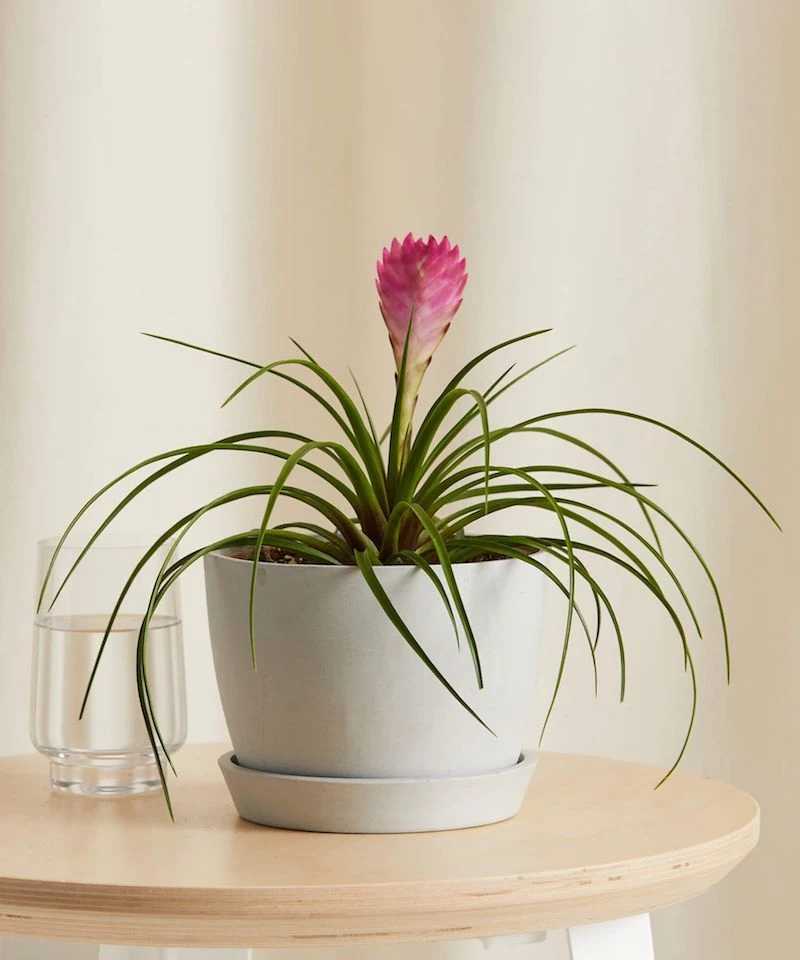
- Why It’s Safe: These common orchids are non-toxic to cats and dogs. Your pet might try to bite a flower off, but it won’t hurt them.
- Care Pro-Tips: Their roots need air, which is why they’re potted in bark chips, not soil. The best way to water them is to take the whole plastic inner pot to the sink and let lukewarm water run through the bark for about a minute. Let it drain completely before putting it back in the decorative pot. Never let it sit in water.
- What You’ll Need: The orchid ($15-$50), and when it’s time to repot (after blooming!), a bag of special orchid bark mix ($10).
- The Verdict: A touch of modern elegance that’s much easier to care for than you think.
Your quick win for today: Go look up ONE of your current houseplants on the ASPCA’s plant list. Just one. It takes two minutes, and that knowledge is your absolute best defense in creating a safe, happy, and green home for everyone.
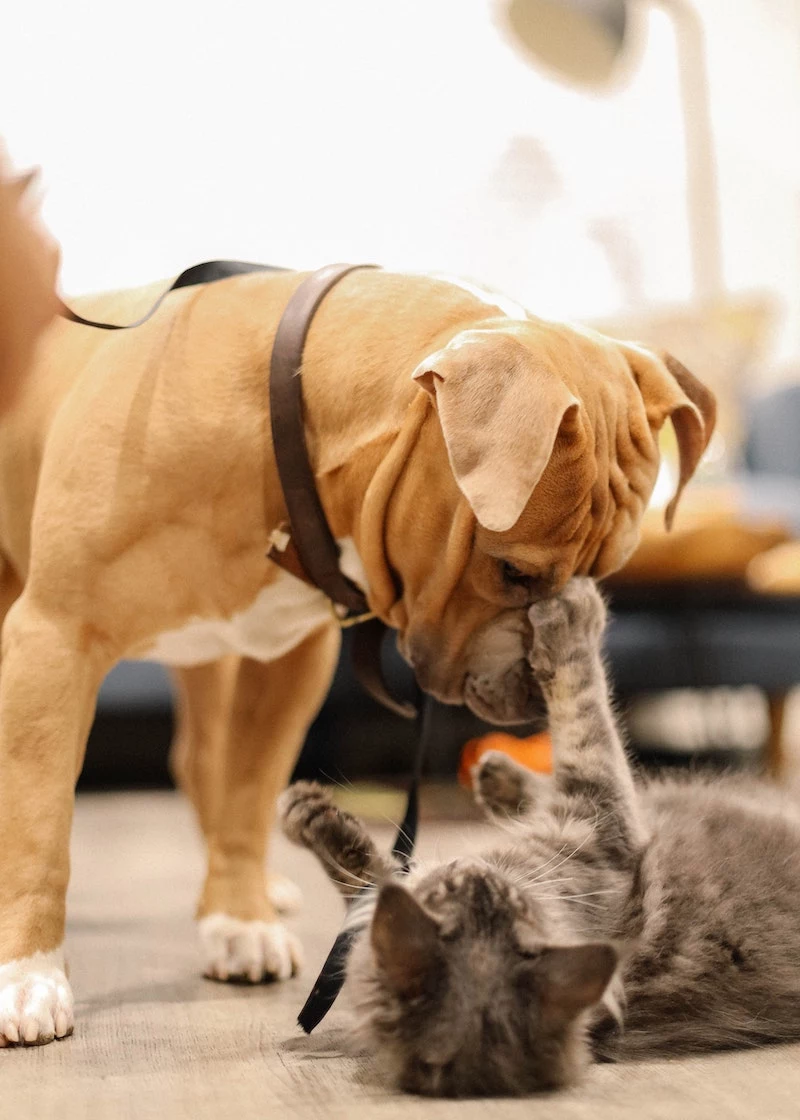
Inspirational Gallery
Beyond the Leaves: The plant itself is only part of the equation. Remember that water sitting in a saucer can grow mold or bacteria, which can be harmful if your pet drinks it. Additionally, many commercial plant fertilizers and pesticides contain chemicals toxic to animals. Opt for organic, pet-safe fertilizers and always wipe up any spills immediately.
A 2021 study by the University of Liverpool found that access to an outdoor space was a key factor in cat well-being.
While not a direct plant tip, this highlights a pet’s innate need for natural stimulation. You can replicate this safely indoors by creating a small ‘sensory garden’ for your cat using pots of Cat Grass (Dactylis glomerata), Catnip, and the crunchy-textured (and safe) Haworthia. It satisfies their instincts without the risks of the outdoors.
What if my pet shows no interest in my toxic plant?
It’s a tempting gamble, but a risky one. A pet’s behavior can be unpredictable; boredom, stress, or even a change in the home’s routine can suddenly make a long-ignored plant seem like a fascinating new toy or snack. It only takes one curious bite to cause a vet emergency. The safest rule is always: if it’s toxic, it’s not worth the risk. Re-home it with a pet-free friend.
- Deters chewing by keeping leaves and stems out of easy reach.
- Creates beautiful vertical interest, drawing the eye upward.
- Frees up floor and shelf space in smaller homes.
The secret? Embracing the hang. Using macrame hangers, ceiling hooks, or high shelves is one of the most effective and stylish ways to pet-proof your plant collection. It’s a design choice that doubles as a safety measure.
To discourage digging, which can be a favorite pastime for some cats and dogs, try placing decorative, smooth river stones on top of the soil in your pots. This creates a physical barrier that’s unappealing to paws. Plus, it adds a polished, spa-like aesthetic to your plant display and helps retain soil moisture.
For the textural chewer: If your pet loves a good crunch, redirect their attention with a completely safe alternative. The Spider Plant (Chlorophytum comosum) is non-toxic and has long, dangly leaves that can satisfy that playful urge. While you don’t want them eating the whole thing, a nibble won’t lead to a vet visit.
For the delicate taster: For pets who are more prone to licking or gentle bites, a Calathea is a stunning choice. Its broad, beautifully patterned leaves are completely safe, and its tendency to ‘pray’ (fold its leaves up at night) adds a touch of daily magic to your home.
When choosing pots, think heavy. A sturdy, wide-bottomed ceramic or concrete planter is much harder for a rambunctious puppy or a curious cat to knock over, preventing both a mess and potential access to a broken plant. For a different approach, self-watering planters like those from Lechuza keep the water reservoir enclosed, preventing your pet from drinking potentially dirty or fertilized water.
Many popular ‘pet-friendly’ plant lists fail to mention that while non-toxic, some plants like the Ponytail Palm (Beaucarnea recurvata) can act as a strong gastrointestinal irritant if ingested in large quantities, leading to vomiting or diarrhea.
Looking for a pop of color that’s completely safe for your furry friends? The Phalaenopsis Orchid is your answer. Elegant, long-lasting, and available in a spectrum of colors, it’s non-toxic to both cats and dogs. It brings a touch of sophistication to any room without posing a threat to its four-legged inhabitants.
Building your safe indoor jungle doesn’t require a huge budget. Start with these reliable and affordable options:
- Parlor Palm (Chamaedorea elegans): Adds a lush, tropical feel and is very forgiving of lower light conditions.
- Boston Fern (Nephrolepis exaltata): A classic for a reason. Its feathery fronds are perfect for hanging baskets and are completely pet-safe.
- Haworthia (Zebra Plant): This small, striped succulent is tough, requires minimal water, and is safe for curious nibblers.










